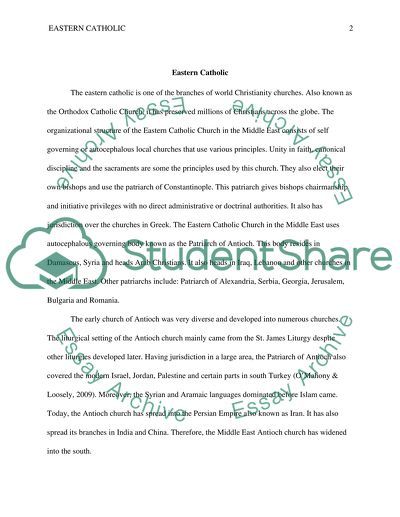Cite this document
(“Eastern Catholic Essay Example | Topics and Well Written Essays - 2500 words”, n.d.)
Retrieved from https://studentshare.org/religion-and-theology/1670623-eastern-catholic
Retrieved from https://studentshare.org/religion-and-theology/1670623-eastern-catholic
(Eastern Catholic Essay Example | Topics and Well Written Essays - 2500 Words)
https://studentshare.org/religion-and-theology/1670623-eastern-catholic.
https://studentshare.org/religion-and-theology/1670623-eastern-catholic.
“Eastern Catholic Essay Example | Topics and Well Written Essays - 2500 Words”, n.d. https://studentshare.org/religion-and-theology/1670623-eastern-catholic.


